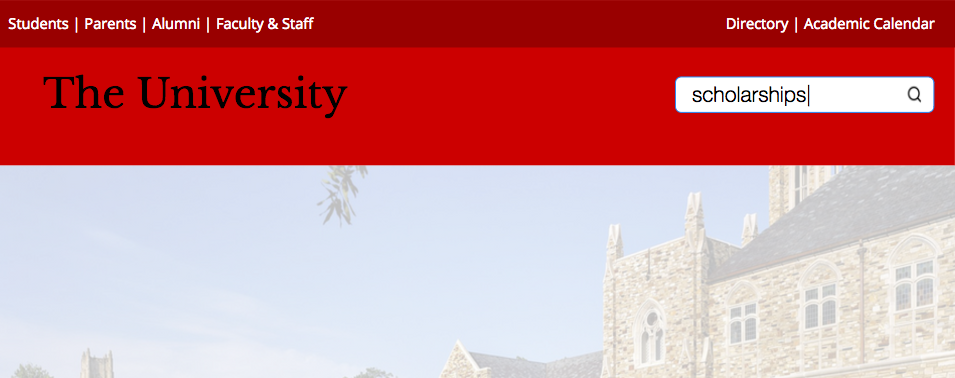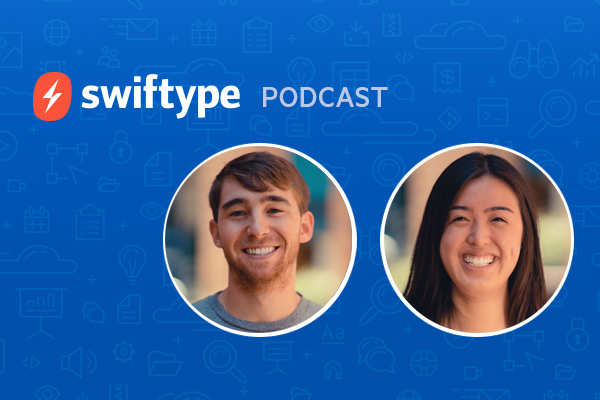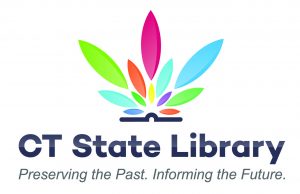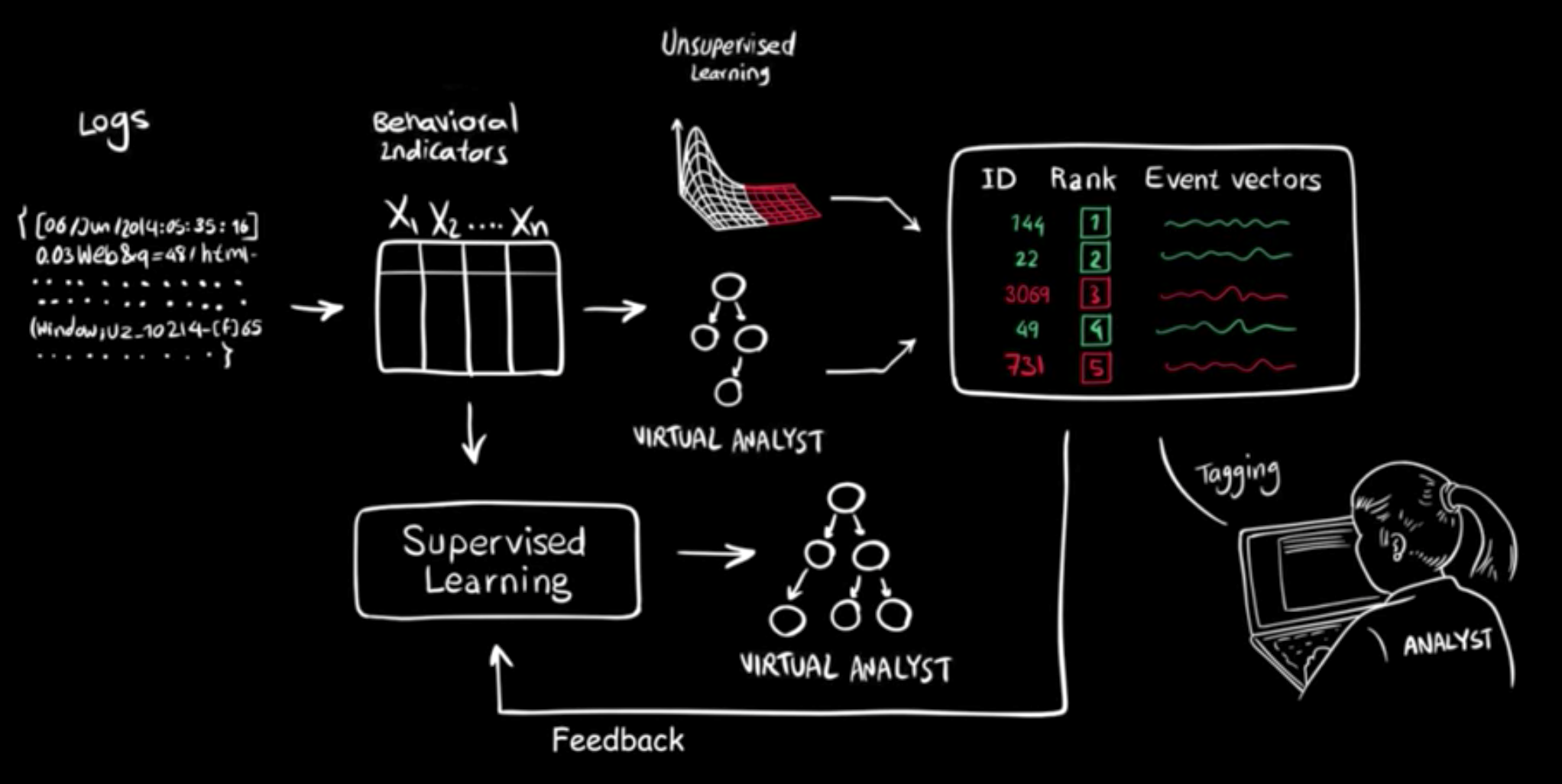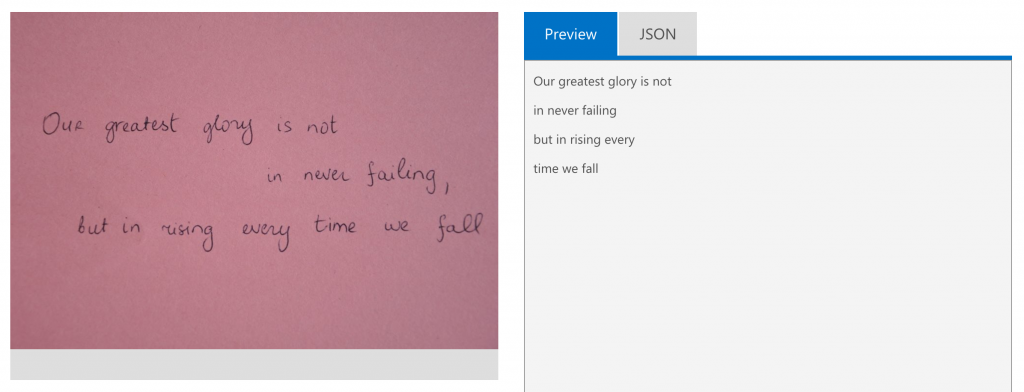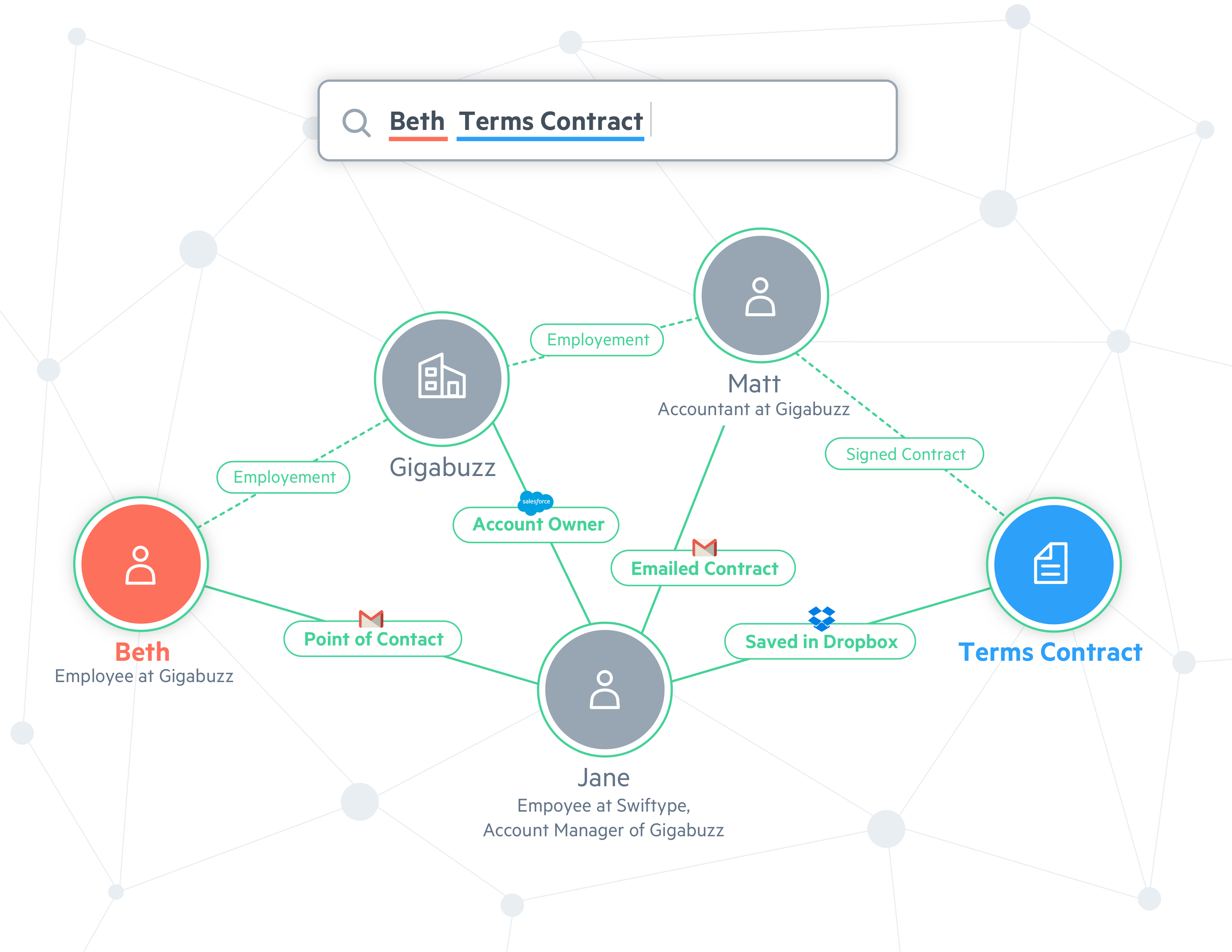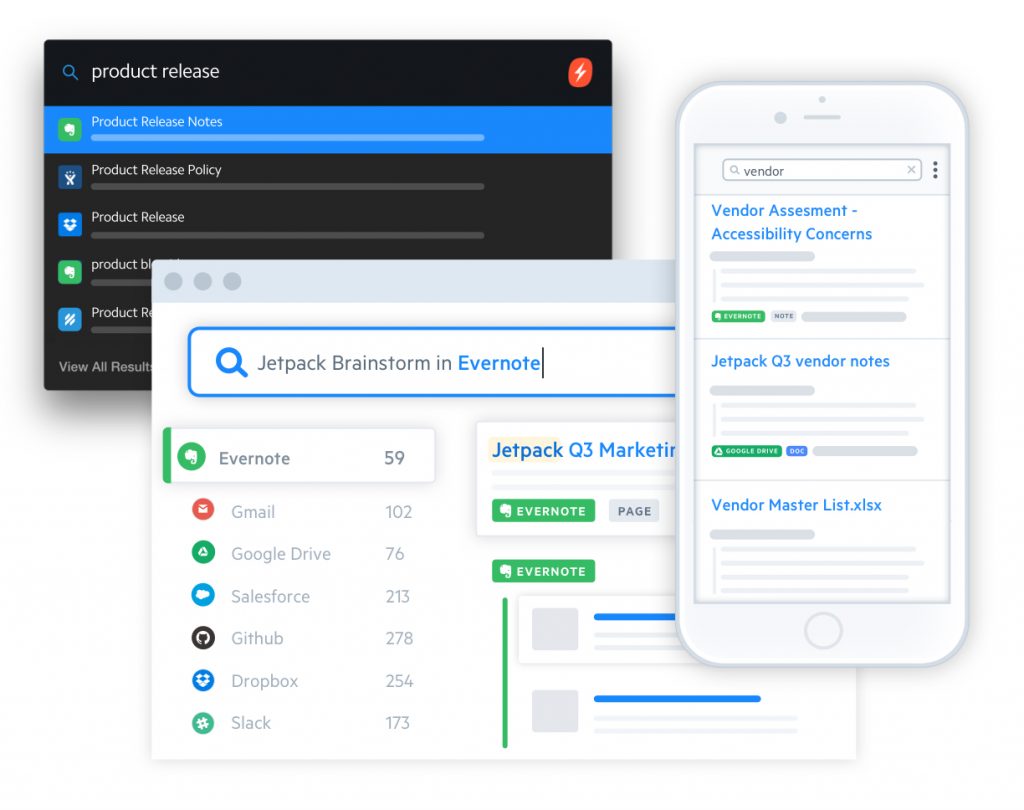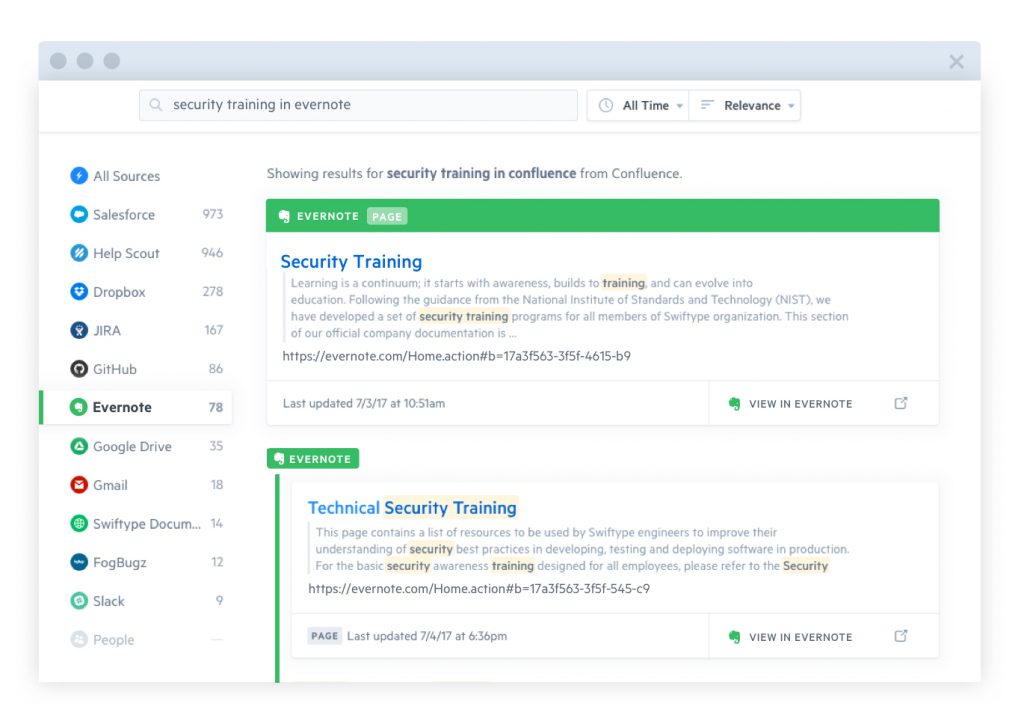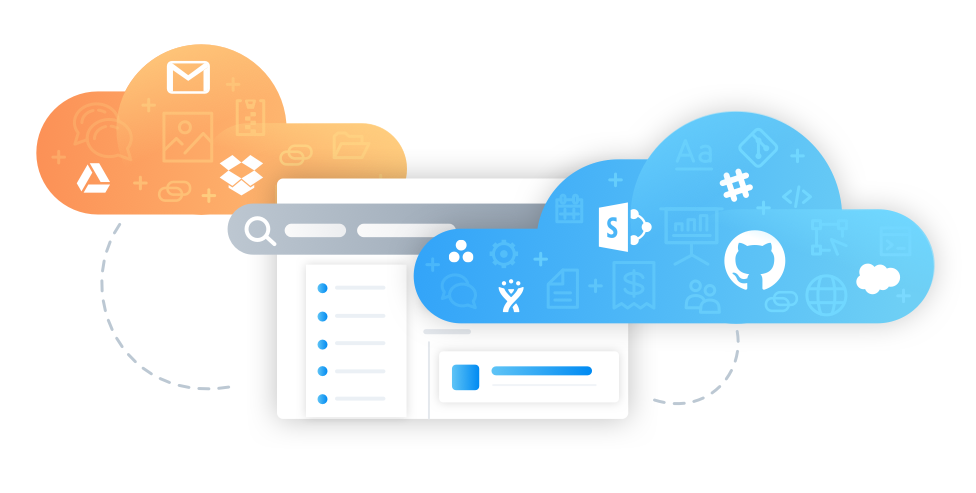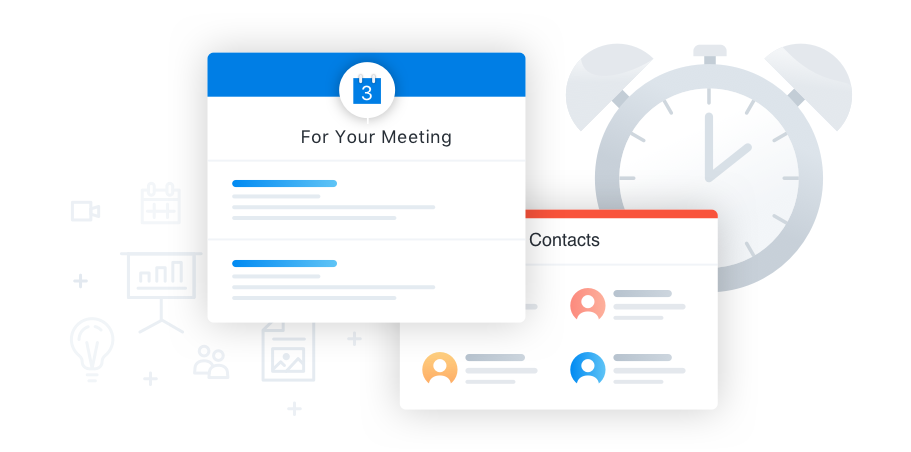
Located in Melbourne, Florida, National Drug Screening (NDS) helps employers reduce liability, improve safety, and attract and retain better employees by providing a broad range of drug testing services and training. The company’s leadership built NDS into one of the leading sources on drug testing information, and much of that knowledge forms the basis of their extensive and information-filled website.
But after years of using Google Site Search to help their customers tap into this knowledge, they saw its demise as a potential roadblock to their continued online success. After struggling through a short-lived customized site search, they knew they needed a packaged solution that would not only outshine Google Site Search, but would be easy to buy, implement, and manage.
Here, Joe Riley, President of National Drug Screening, shares his experience of how site search is critical to his business, and how Swiftype turned a potential sales nightmare into an opportunity to elevate NDS’s already stellar reputation.
What were your “must-haves” for search during your evaluation?
When we heard that Google Site Search was being discontinued, and that the replacement, Google Custom Search Engine, would force us to show advertisements, we knew we needed to find something else. For a potential customer to search our site and see ads, well we didn’t want that at all.
Our web development vendor took a shot at building a custom site search replacement, but it just wasn’t robust enough for our needs. Our value is in our expertise and our knowledge, so we need visitors to find what they’re searching for. A good site search is a requirement for us.
So we looked around for another Google Site Search alternative. Our “must haves” were that it was as good as or better than what we had with Google, that the price was reasonable, and that it was easy for our developers to implement. We had the same criteria we had for Google Site Search.
What made Swiftype stand out as the obvious choice?
Once we found Swiftype and looked at how it worked on some [of their] customers’ websites, we didn’t look any further. It did everything we needed, Swiftype is a reputable company, and the sales team was very professional. We decided that, if we’re going to do this, this is the company we’re going to do it with.
What I was really excited about was when I went to a Swiftype customer site. I searched for something, and results came up. I searched again, but maybe this time with the terms spelled incorrectly, or words out of order, and the results came up as expected. That’s what sold me on it, and I was very happy to see how great it worked on a real site, not just in a demo.
How long was the Swiftype implementation?
Not very long. Once our web developers got started, Swiftype implementation took just a couple of days.
That short timeframe was pretty amazing, considering our website is totally custom. It’s not a WordPress site. We have our own content management system for blogs and frequently asked questions (FAQs), and we have our developers do everything custom. But once we told them we wanted Swiftype, they really had no issues at all.
Now, when a visitor clicks on our search icon, it looks just like it did before. The color scheme, the search box. Everything matches. It looks like it’s always looked, and that’s great.
Do you have plans to use Swiftype’s analytics?
We definitely do have plans to dig into Swiftype analytics, and we’re sure it’ll bring more value to our search.
Our web traffic comes from both organic search and paid ads, but our organic search results really overpower all of our competitors because our content is so strong. Our content is relevant and unique, and we want to leverage that. We want people to be able to find it. If they found our site, but the search was weak and the couldn’t sift through the great content that we have, then we’re missing a huge opportunity.
Swiftype can give us the insights to know more about what’s bringing visitors to our site, what they’re looking for, what they’re finding and reading.
Why is good site search so important for you and your customers?
We want National Drug Screening to continue to be recognized as one of the leading experts on drug testing in the United States. So when visitors come to our website, they find the information they need. We want to be their source for expert information, and obviously that then translates into sales opportunities.
Just as importantly, we also want more of our own employees to be seen as experts. We take inbound phone calls all day long, hundreds of phone calls, so our staff gets all kinds of questions. They’re well trained, but they can’t recall everything. They can, however, utilize the expertise on our website as a primary resource rather than doing a web search and maybe getting a good answer or not. Then they can talk to that prospect or customer very intelligently, and be confident that they’re sharing the most reliable information.
Using site search internally is critical, since those inbound calls are usually either an existing customer or someone looking to buy. It gives our staff a huge library of expertise right at their fingertips, and it helps turn them each individually into experts on our particular market.
What’s the primary value you’re realizing with Swiftype?
Our goal is to be able to assist customers, to be able to assist people who are looking for information, or people that are potentially new customers. We want people to know that we have great information on all things drug testing. Getting them the right answers quickly, whether on our website or on the phone, helps us grow our business, and that’s obviously very important.
Want to learn more? Our customers have great stories about how Swiftype helped them accomplish great things with more sophisticated site search. Check it out now!


